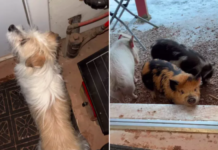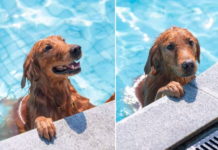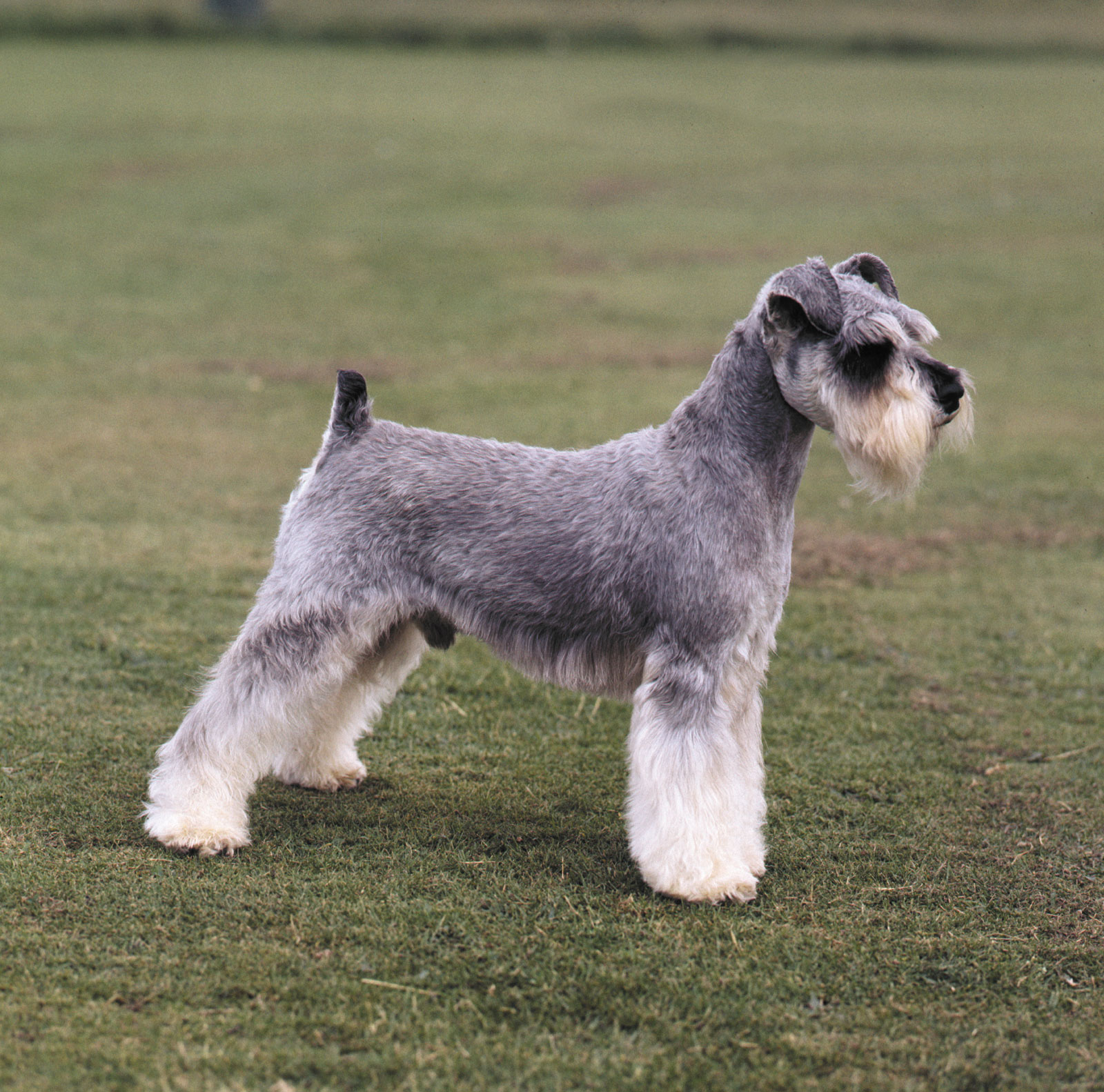Last Updated on January 3, 2024 by Fumipets
5 Best Ways to Discipline a Large Dog: Effective Training for Gentle Giants
We all know how to love a dog, especially if it is gracing our home since its puppy stage. But spoiling it with too much food and relaxation is bad. Due to many reasons, large dogs can be super moody, cranky, and not well-behaved at all. But here comes your tricks that can discipline the dog. Go through the Canine Weekly site and find many solutions that could save you from getting an ill-mannered dog.
It is always a better idea to discipline the dog before it is too late. Be strict whenever you need to, and be gentle when your dog needs your attention. Actually, training is something that is initiated during the puppy stage so that it grows up to be a well-behaved dog. This is also a phase where you two both get to know each other, so start early and have a smooth relationship.
How do You Prepare Yourself and the Dog for the Training
There are certain parameters that you need to maintain, and those are explained in the below section for your advantage.
Adjust Time: The most crucial thing is time that refers to both the duration of the training and the time frame of the training meaning, which time you are giving your dog the training. This is closely associated with discipline so that the dog can act wisely and not impulsively.
So, make a chart and try to put in some effort and utilize the time division that can have the best of you and the dog. There are certain sections where an expert can help you with the training. Learn from him and practice that with your dog. Nothing to worry about, the dog is not going to be punished, it is just the form of training that will make the dog smarter and people friendly. In times of emergency, this can save you from a lot of troubles.
Add Weight to Your Words: This is something that even you need to work on. Try to use one word once only and let the dog follow you. Start with simple yes or no. Basically, if you say yes to something the dog should understand and if you are restricting it from doing something in particular by saying no, then the dog should obey it. You don’t have to be cruel or too harsh, but make your words matter.
For that you have to pay close attention to your dog’s nature. If your dog is not willing to do something and it is not that mandatory, don’t force him. If it is maintained then the dog will understand that you listen to it and in returns it will also listen to you. Large dogs are usually very obedient if they are trained well, so you wouldn’t have much problem.
Use Treats for Affirmation: If your dog is being a very good and obedient one, during the training phase, you have to encourage it further. Be it toilet training or some feeding routine, all you have to do is to give it some treats after it works perfectly. This treat will be a token of appreciation so that the dog can comprehend that whatever it is doing is doing right and its right actions will be rewarded. This will propel it to be on a certain routine.
Maintain Consistency: This stage itself is a test of patience, especially for the owners. Whatever tricks or methods you are following, those things need to be followed time and time again. So, that it becomes natural habit of the dog. Only then it can behave well and that will be a good thing for you too. The time that large breeds take depends on how early you try. If you adopt a grown-up dog, with not-so-good deportment, then it will be a difficult and lengthy task to train it. But for newborns and puppies it usually don’t take much of time.
Be Neutral and Firm: When it comes to be soft and polite, you can be so, but never be like that when your dog has committed some mistakes or something that it shouldn’t have been committed. Don’t be rude, but be specific about making it undertsand that it went wrong and how. During the entire training session they pick up things very quickly, so once you mistakenly appreciate a wrong act, that will be instilled in its mind and if you want to undo it, that will leave the dog confused.
Concluding Words
To have some disciplined dogs one has to be sincere, stay true to the goal. As a pet owner or trainer you have to understand that you are dealing with such a species, that is not equal to you. In some cases it is way more advanced than you, and in other cases, you have more IQs than it. So deal with the fact that you need a common ground and keep the love quotient intact. Training will be easier without much effort.


















